We all know the magic that happens when we turn our outdoor space into an oasis filled with greenery, but what happens when we take our favorite plants and bring them indoors? Adding plants for indoors around your home makes a space feel cozier and adds life and character to a house.
Often, when a room doesn’t feel quite right, adding an indoor houseplant to the room is the only thing missing to make the room feel complete. Putting plants and greenery on bookshelves or allowing them to cascade down from a hanging basket is not only beautiful, but these plants also help clean our air.
Breathing in the fresh air that gets filtered from our plants is a healthier way to live and pushes us to enjoy having them around. If you already have a love for plants, be careful, or you might find yourself living in a jungle.
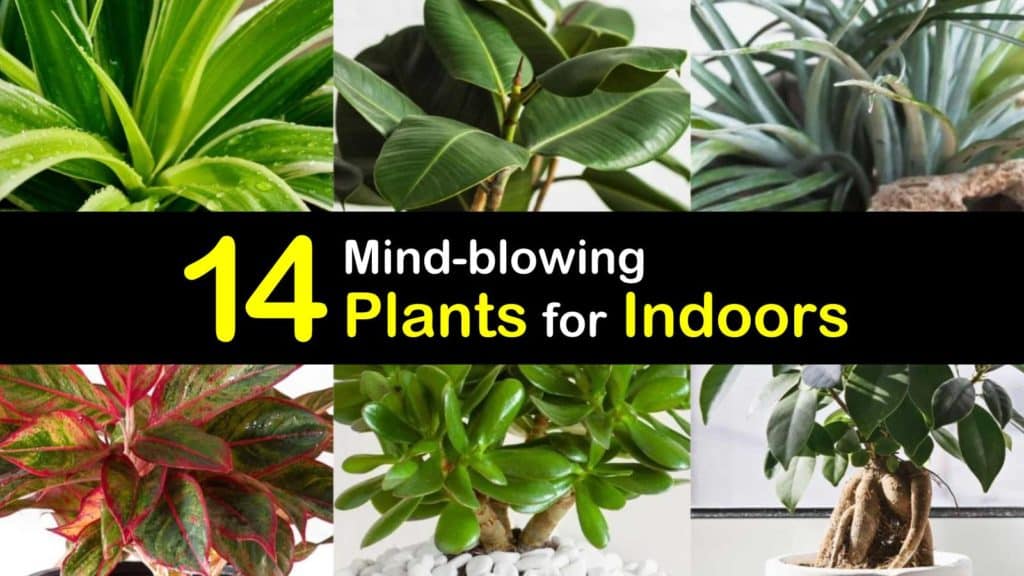
- Benefits of Indoor Houseplants
- Low Maintenance Plants for Indoors: Spider Plant (Chlorophytum comosum)
- Aloe Vera (Aloe barbadensis)
- Air Plant (Tillandsia ionantha)
- Characteristic Indoor Plants – English Ivy (Hedera helix)
- Dragon Tree (Dracaena draco)
- Mother-in-Law's Tongue (Dracaena trifasciata)
- Pothos (Epipremnum aureum) – Houseplants with Minimal Needs
- ZZ Plant (Zamioculcas zamiifolia)
- Peace Lily (Spathiphyllum wallisii)
- Rubber Plant (Ficus elastica) – Large Houseplants
- Fiddle-Leaf Fig (Ficus lyrate)
- Plants Guaranteed to Live Inside: Ficus (Ficus benjamina)
- Jade Plant (Crassula ovata)
- Chinese Evergreen (Aglaonema commutatum)
Benefits of Indoor Houseplants
One of the most impressive perks of having houseplants in every room of your house is their ability to clean the air. NASA did a study in 1989 that tested a houseplant’s actual ability to clean the air inside our home.
The study was a success, and we soon found that houseplants eliminated volatile organic compounds in the air, including dangerous substances like xylene and trichloroethylene.
Another thing that NASA discovered during their study is that bigger plants with lots of leaves do an even better job of purifying the air.
Regardless of how amazing plants for indoors are, the real benefit is getting to see these plants grow and thrive in the environment that you provide them.
Along with meeting each plant’s light and water requirements, watch for unwanted pests. Does vinegar repel centipedes, spider mites, and other annoying creatures? Yes, vinegar and an essential oil like peppermint can aid in keeping bugs away.
Low Maintenance Plants for Indoors: Spider Plant (Chlorophytum comosum)
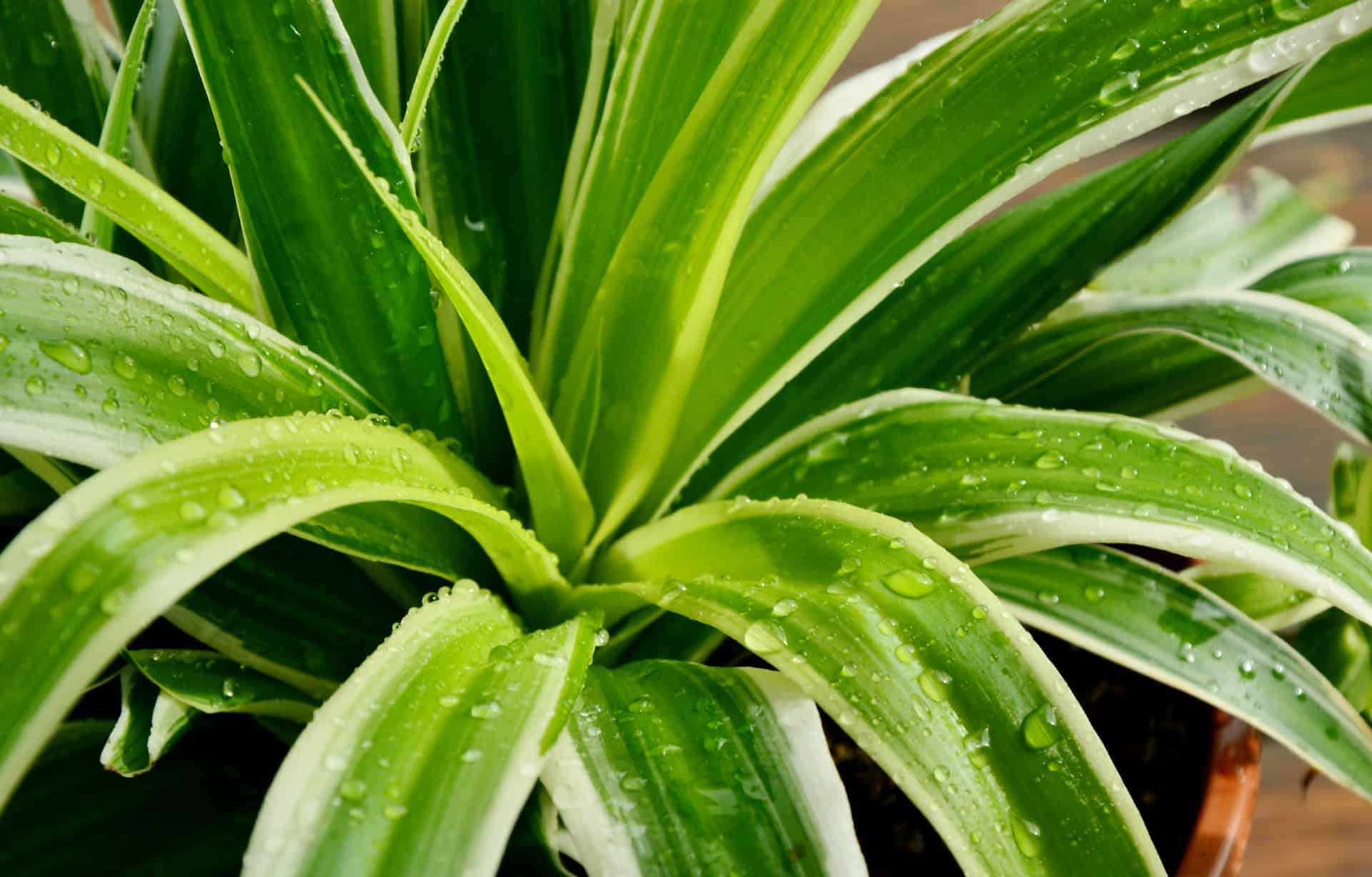
One of the most remarkable plants for indoors is the spider plant. These houseplants are amazingly adaptable to most house conditions and easy to grow.
This plant received its name from its smaller plants that extend down from the mother plant. It also has arching foliage that resembles the eight legs of a spider.
Spider plants deal with a lot of abuse that even beginner plant lovers can keep alive. They prefer having well-draining soil and low, indirect light. Don’t let the potting soil get soggy, or root rot may kill them.
Aloe Vera (Aloe barbadensis)

Aloe vera plants are widely-known indoor plants. They are famous for their air-purifying characteristics and uses on scrapes and burns. Aloe vera plants have cacti or succulent leaves that are long and green with little spikes on the outer edge.

Plant aloe vera in a pot made of porous materials to encourage the soil to dry to prevent overwatering. Aloe likes living in potting mix instead of potting soil. They want medium light or bright light so putting this greenery near a window is a safe option.
Air Plant (Tillandsia ionantha)

Air plants have only recently become more popular. The best thing about this indoor houseplant is that forgetting about it for months won’t do any damage.
Like their name suggests, these plants for indoors survive only on air and indirect light. This quality isn’t the most ideal for larger-sized plants, but the baby ones are lowmaintenance and highly recommended for beginners.
Air plants do best with bright, indirect sunlight, and they especially like north-facing rooms. Be careful about the sun because too much fries the plant’s leaves, killing it far sooner than you’d like.
Characteristic Indoor Plants – English Ivy (Hedera helix)
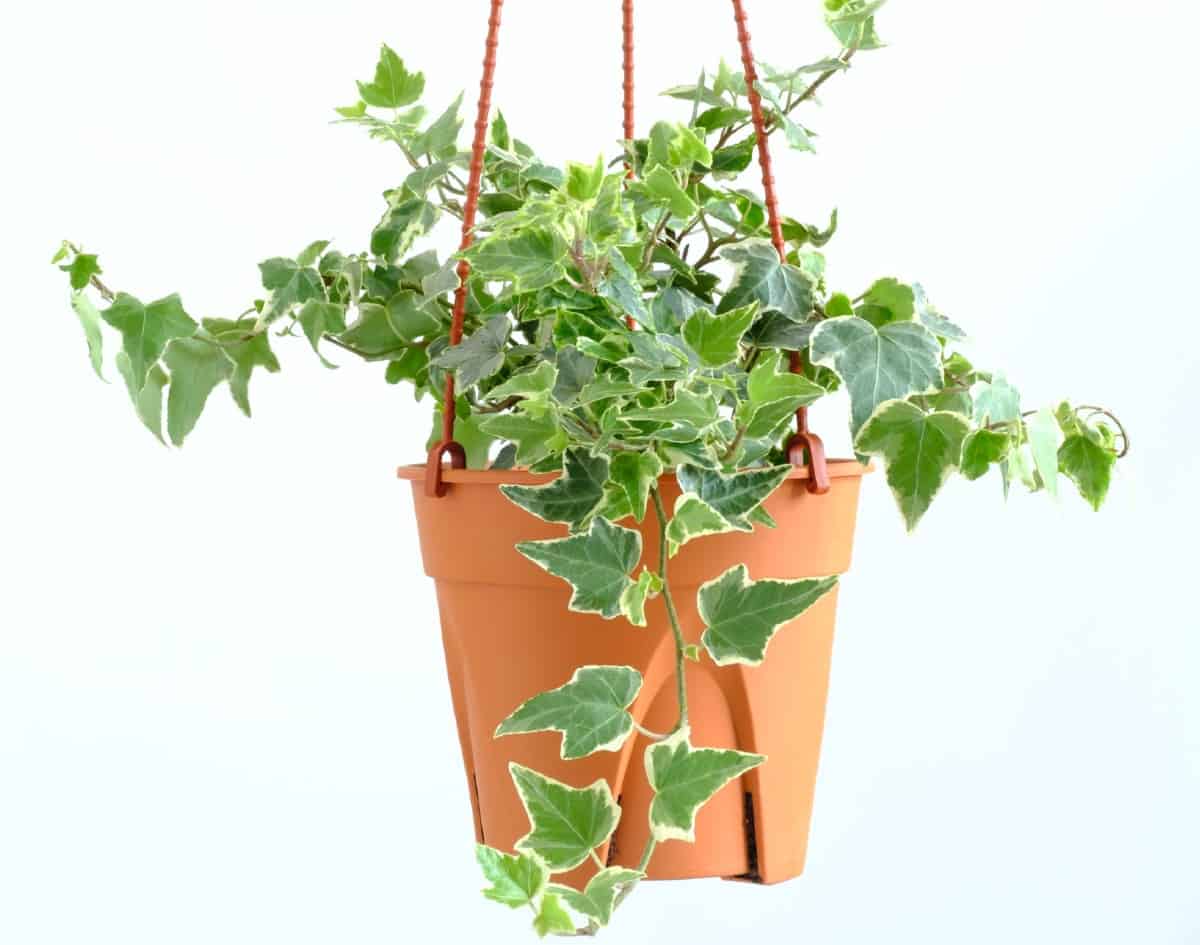
Lots of people picture English ivy growing up the brick exterior of an old home, but bringing these vines indoors is a smart way to make your house feel cozier on the inside.
English ivy is an intelligent choice for an indoor plant because it is easy to care for and immediately brings a room to life.
English ivy plants like their soil to be more dry than wet. The pot and soil you keep the plant in should have plenty of drainage holes and have fertilizer regularly throughout the spring and summer.
Dragon Tree (Dracaena draco)
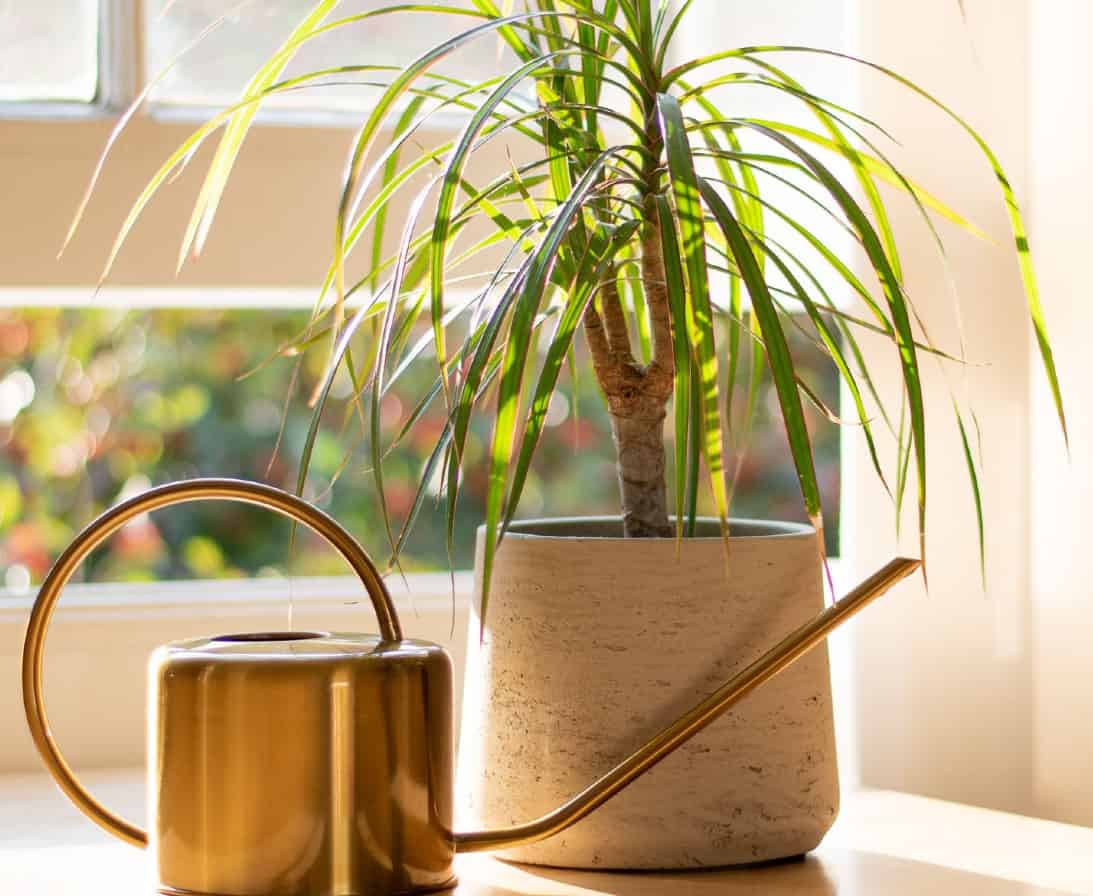
Dragon trees are cacti-like air freshening plants with stiff, sword-like leaves. Some even have red edges that surround the green foliage.
This tree has gray stems that the arching leaves grow on top of. In the spring, white flowers emerge and eventually turn to orange berries. Most of these trees grow six feet tall when brought indoors.
Dragon trees are hardy when grown inside, and they tolerate a variety of house temperatures.
These plants have aggressive root systems that make them drought tolerant for those that forget to water. Dragon trees enjoy having bright, indirect light and a combination of loamy and potting soil.
Mother-in-Law’s Tongue (Dracaena trifasciata)
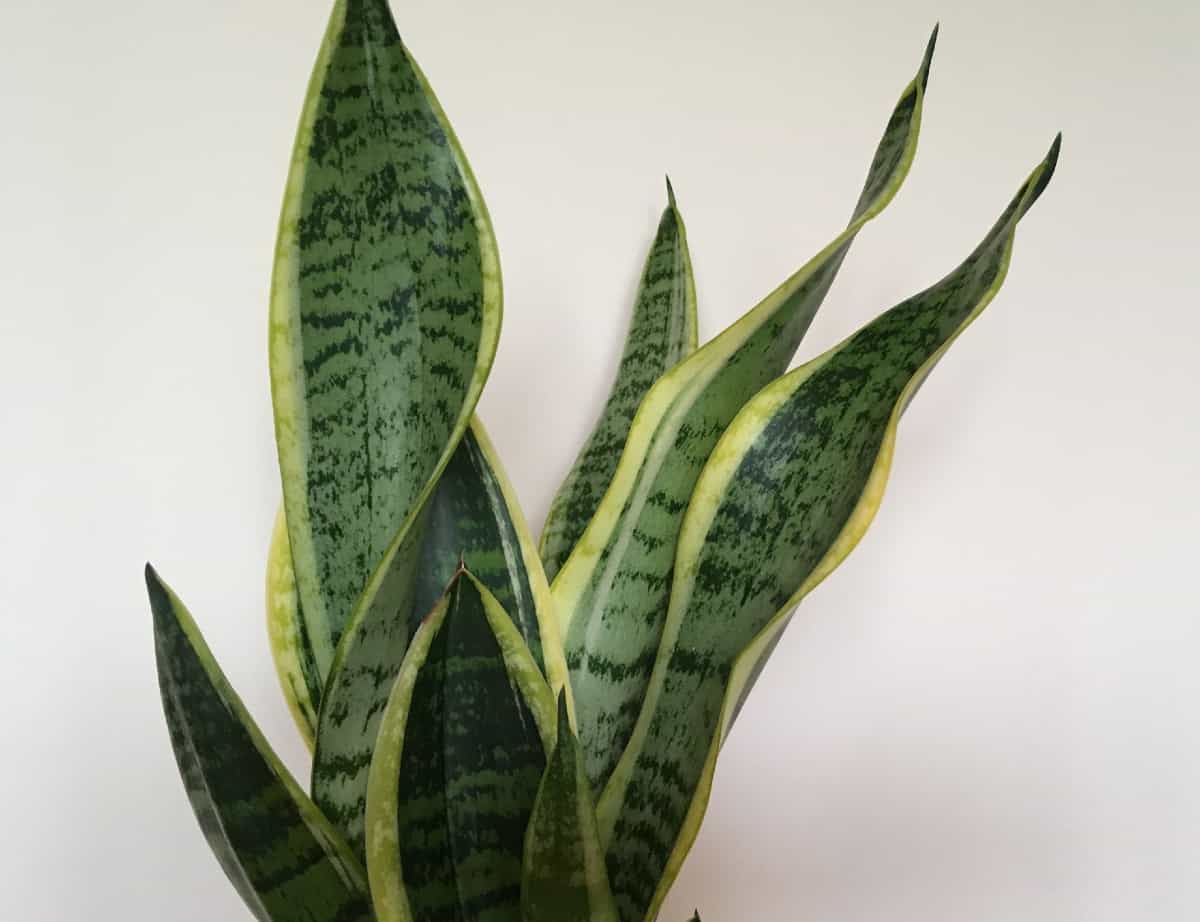
Also known as sansevieria or the snake plant, these plants for indoors are another great choice for improving your home’s air quality. They have stiff, upright leaves with variegated color.
Depending on the type, they reach from six inches to eight feet tall. You’ll often see people having fake versions of this plant in their homes, which is silly because they are so easy to care for.
Snake plants do best when they have part shade or other low light conditions. They prefer potted in sandy soil with lots of drainage. When winter comes around, reduce the amount of water so you don’t drown it.
It’s also possible to put a snake plant in a hanging basket to brighten the corner of any room.
Pothos (Epipremnum aureum) – Houseplants with Minimal Needs

The pothos plant is another common houseplant that homeowners and renters love. Pothos plants have some of the most stunning variegated leaves of all houseplants.
They bring color and texture to a home, and it gets its nickname, Devil’s Ivy because it is so hard to kill. If that weren’t enough reason to bring one of these plants home, they tend to transform a house and give it a more tropical feel.
Be careful with pothos if you have children or animals running around. Every part of a pothos plant is poisonous to humans and animals if ingested, so keep them out of reach or sight.
Grow them in any well-draining soil and give them a monthly snack of fertilizer for the best results.
ZZ Plant (Zamioculcas zamiifolia)

The ZZ plant may be a slow grower, but people love having it in their homes. These plants have a similar growth pattern to a tree in that they have a center stem with other smaller ones branching out.
ZZ plants have small flowers that grow at the plant’s base, but they aren’t comparable to their emerald green and leathery leaves.
Bright light is best for these plants, but they do well as long as they get some sunlight throughout the day. Allow the soil’s top to dry completely before watering them and add sand to the soil if you think your plant is struggling.
Peace Lily (Spathiphyllum wallisii)
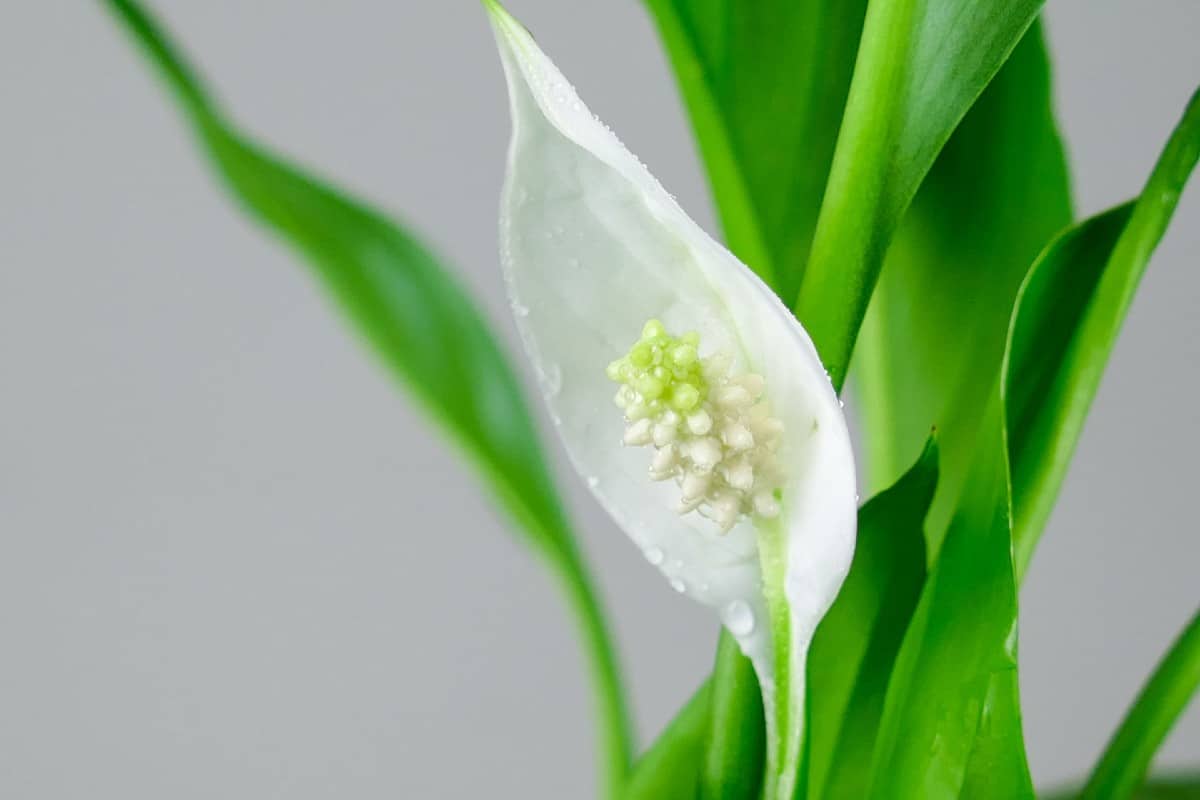
Peace lilies are popular household plants because they are easy to grow and showcase a beautiful white flower that most homeowners prefer over fake flowers.
These tropical, evergreen plants thrive naturally along forest floors. This means replicating these conditions is ideal for their health and life span.
Plant peace lilies in a pot and set them in a spot with plenty of filtered light, which helps the lilies produce their stunning, creamy-white flowers during the late spring.
The best indoor flowers grow about 16 inches tall when mature. Make sure to re-pot them every year for the ultimate growing conditions.
Rubber Plant (Ficus elastica) – Large Houseplants

Some rubber plants reach as tall as 50 feet in the wild, showing off their large, glossy leaves. The most impressive thing about keeping these plants for indoors around your house is that you get all the beauty without a wild tree’s height.
These plants are adaptable but rely on certain conditions to thrive. Rubber trees like having bright, indirect light and a spot that doesn’t make them too hot.
Placing rubber trees near a window with sheer curtains is usually a safe bet. Rubber plants also require moist soil. Potting soil is perfect for growing these plants.
Fiddle-Leaf Fig (Ficus lyrate)
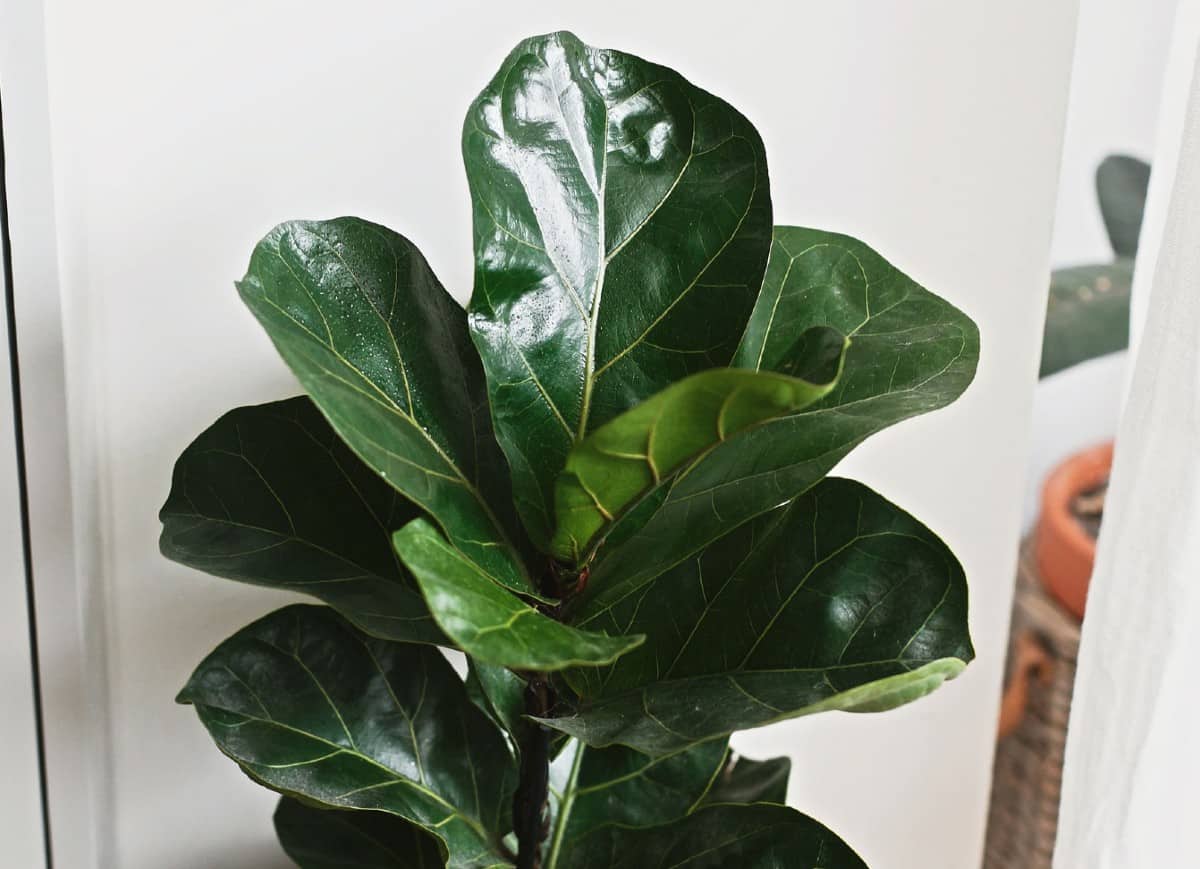
The fiddle leaf fig is one of the most attractive plants for indoors. They are naturally huge, and they have big leaves with scalloped edges that look similar to a Boston fern.
Some outdoor varieties need lots of sunlight for producing food, but indoors, won’t create fruits regardless of how much sun they get. Fiddle leaf figs prefer to spend their time soaking up the sunshine.
Keep these houseplants within five feet of a window where they receive full exposure. Add some water to the pot once the soil dries, which is about every five to ten days. Keep an eye out for growing fungus and leaf spots.
Plants Guaranteed to Live Inside: Ficus (Ficus benjamina)

The Ficus tree, also called the weeping fig, is another household plant that people rely on repeatedly. You are usually able to spot these plants inside offices, homes, and commercial landscaping.
Ficus trees have lots of glossy, dark green leaves. These leaves act as air purifiers, making the air in your home better to breathe.
Keep ficus plants pruned three to six feet tall and give them slightly acidic soil. These trees require a bright room with lots of indirect light or some direct sun every morning. Keep the plant moist without getting soggy.
Jade Plant (Crassula ovata)

Jade plants are known for their succulent-like leaves that look like small bushes because of their rounded habitat. They do well in most soils, but adding rocks to the pot helps keep the soil well-drained and prevents rotting roots.
Jade plants must dry out entirely before being watered again. If you find falling leaves or leaf spots, you might not be watering them enough.
Finding the perfect balance of water is key to the success of these plants. Make sure they have full sun or their growth is stunted.
Chinese Evergreen (Aglaonema commutatum)
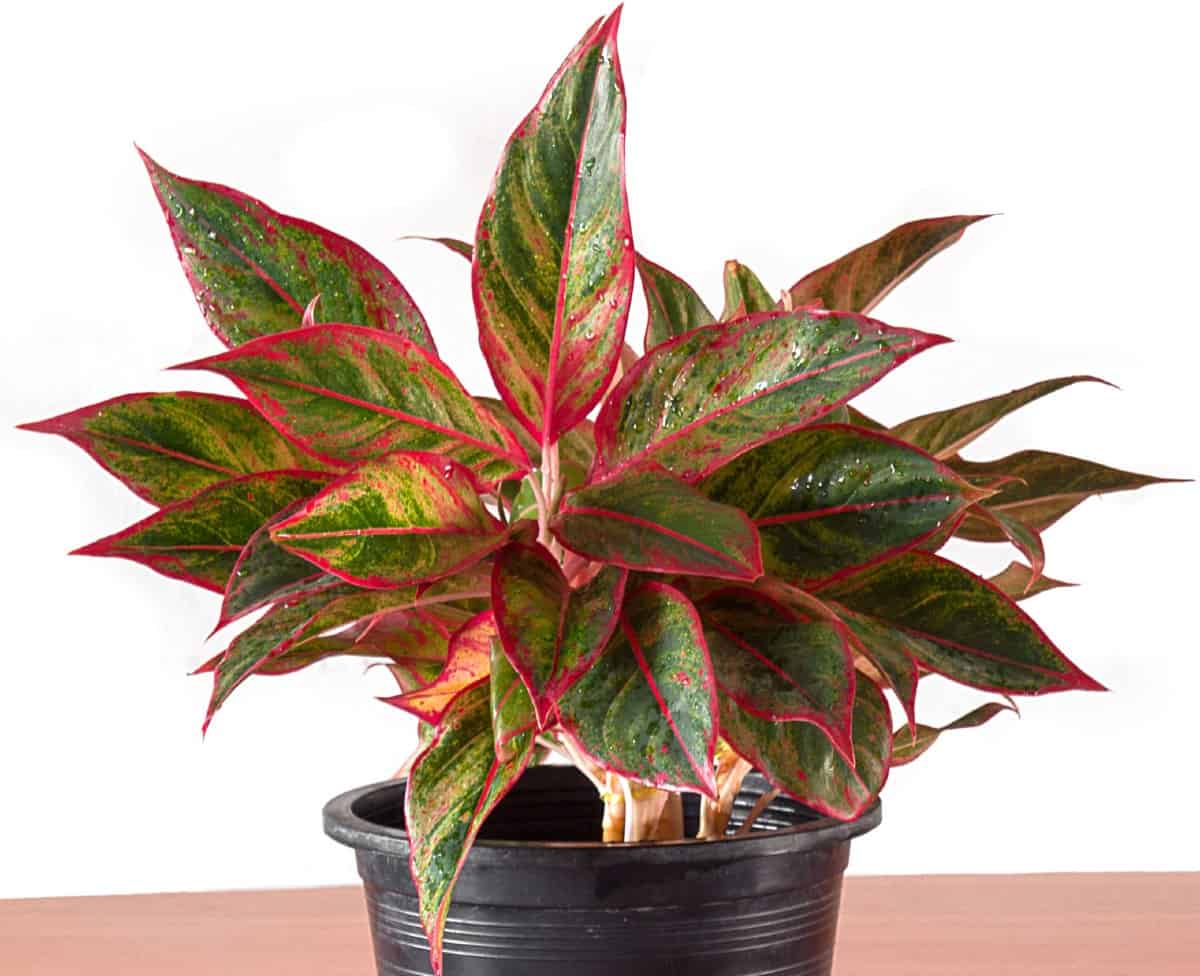
The greatest thing about Chinese evergreen plants is that they allow even the most basic novice to support and prolong their life. These shade loving indoor plants look similar to philodendrons, have tropical-like foliage, and tolerate a wide range of conditions like poor light and dry air.
Grow Chinese evergreens in medium or low light in warm temperatures between 70°F and 72°F. Never let the temperature reach below 60°F if you want to keep them alive for a long time.
Houseplants don’t have to have a purpose as long as they make you happy and feel at your most comfortable in your home. However, planting basil in pots as well as other herbs adds to the decor and gives you fresh herbs whenever you want them, too.
Keep an eye on their watering and light requirements, as well as potential bugs.
Does vinegar repel centipedes and other unwanted critters? Keep a spray bottle of vinegar and water handy to spritz unwelcome plant and home visitors.
Finding your favorite plants for indoors is a fun hobby that anyone can try and succeed. Even those without a green thumb are sure to find at least one plant on this list that they can keep alive and thriving for an extended period.
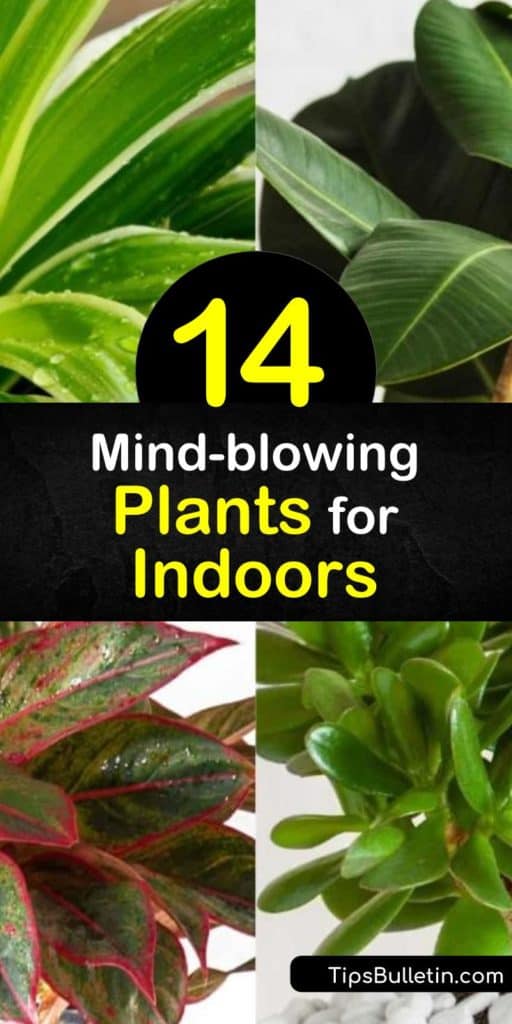
If these plants for indoors help brighten up your home, share this list of indoor houseplants on Facebook and Pinterest.